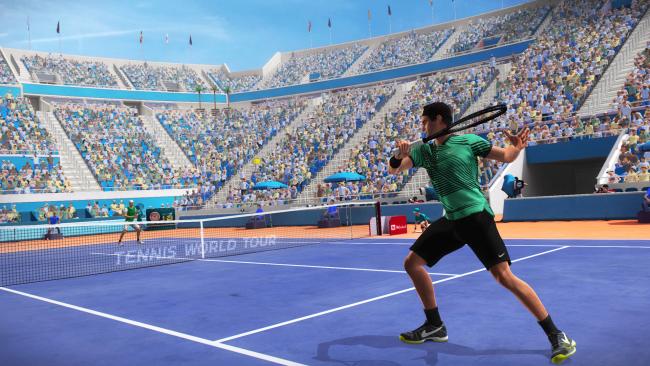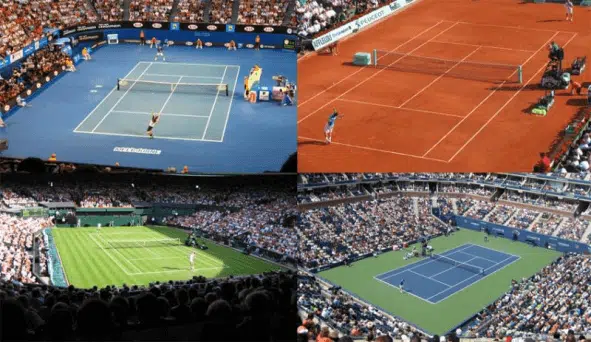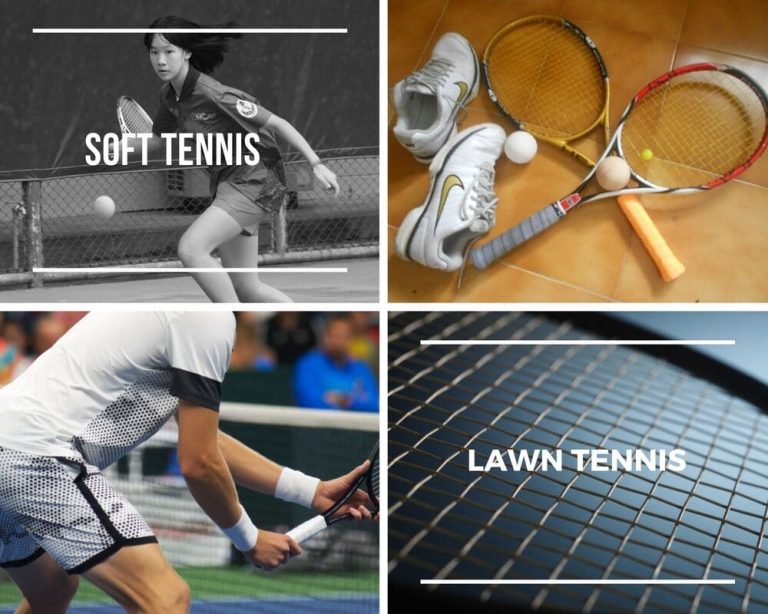Finding the Perfect Fit: A Complete Guide to Sizing Youth Tennis Rackets

Did you know that using the wrong-size tennis racket can hinder a young player’s development and enjoyment of the game? Finding the perfect fit is crucial for young athletes as it directly impacts their performance and confidence on the court.
Here we’ll explore the essential factors to consider when sizing youth tennis rackets, ensuring your child has the best equipment for their growth and skill level. In the end, you’ll have all the tools you need to make an informed decision that will set your young player up for success.
Have you ever watched a child struggle with a tennis racket that’s too heavy or too long for them? The right size racket can make all the difference in a young player’s experience and overall enjoyment of the sport.
In this comprehensive guide, we’ll break down everything you need to know about sizing youth tennis rackets, including key measurements, age considerations, and skill levels. By following our tips, you’ll empower your young athlete to play comfortably and confidently.
Imagine watching your child step onto the court, ready to serve and volley with a racket that fits them perfectly—sounds ideal, right? The importance of selecting the right size youth tennis racket cannot be overstated; it not only affects performance but also fosters a love for the game.
This will guide you through the process of finding the ideal racket size based on various factors like height, age, and playing style. You’ll walk away with a clear understanding of how to choose the best racket, setting your young player on a path to tennis success.

Why Sizing Matters
When it comes to sports equipment, particularly in racquet sports like tennis, badminton, or squash, the size of the racket can significantly influence a player’s performance and skill development.
Choosing the correct racket size is not merely a matter of comfort, it can directly affect how effectively a player can execute their shots and develop their skills over time.
Impact on Performance and Skill Development
The right racket size can enhance a player’s control, power, and overall gameplay. A racket that is too large or too small can hinder a player’s ability to make precise shots, leading to frustration and inconsistent performance. For beginners, using the appropriate size allows them to focus on developing their technique without struggling against equipment that doesn’t suit their physical attributes.
As players advance, the right racket size can help them refine their skills further by allowing for better maneuverability and shot precision.
Moreover, when players feel comfortable with their equipment, they are more likely to experiment with different techniques and strategies. This experimentation is crucial for skill development, as it encourages players to push their boundaries and discover their unique playing styles.
Preventing Injuries with the Correct Racket Size
Using a racket that is not suited to a player’s size and strength can lead to various injuries. An improperly sized racket can cause strain on the wrist, elbow, and shoulder due to awkward angles and excessive force required to control the racket. Common injuries like tennis elbow are often exacerbated by using a racket that is too heavy or has an unsuitable grip size.
By selecting the correct racket size, players can minimize the risk of these injuries. A well-fitted racket reduces the need for compensatory movements that can lead to overuse injuries.
In addition to physical comfort, having the right size racket also contributes to better biomechanics during play, promoting a more natural swing and reducing unnecessary tension in the body.
Key Factors to Consider
- Playing style and position (e.g., power hitter, finesse player, all-court player)
- Type of surface played on most frequently (hard court, clay, grass)
- Personal preferences (e.g., brand loyalty, color schemes)
- Budget constraints (affordability of equipment)
- String tension and type (influence on playability and feel)
- Recommendations from coaches or experienced players
- Reviews and feedback from other users
- Availability of demo programs to test rackets before purchase
- Overall weight and balance of the racket for optimal maneuverability
- Vibration-dampening features to enhance comfort during play.
By considering these factors, players can make an informed decision when selecting the right racket to match their unique playing style and physical attributes.
How to Measure for the Right Racket
Determining the Correct Length
To find the appropriate racket length, stand the racket vertically with the butt cap on the ground. The top of the racket should ideally reach somewhere between your waist and your hip bone when you hold it by the throat.
Most adult rackets range from 27 to 29 inches in length.
If you are taller or shorter than average, consider adjusting your choice accordingly. A longer racket can provide more reach and leverage, while a shorter racket may offer greater control.
Testing Grip Size with the Finger-Width Rule
Grip size is crucial for comfort and control during play. To test for the right grip size, hold the racket with your dominant hand as if you were about to swing. Place your opposite hand’s index finger against the base of your fingers on your dominant hand.
There should be enough space for your index finger to fit snugly without being cramped or overly loose. Generally, if you can fit one finger comfortably, that grip size is likely correct. If you struggle to fit your finger or if there’s too much space, consider trying a different grip size.
Using Height and Age Charts as Guidelines
While personal preference plays a significant role in selecting a racket, height and age charts can serve as helpful starting points. Many manufacturers provide charts that suggest suitable racket lengths and grip sizes based on a player’s height and age.
For example, younger players may benefit from shorter rackets that allow them to develop proper technique without straining their bodies. Adults, on the other hand, can refer to these charts to ensure they’re selecting a racket that complements their physical dimensions.
Ultimately, the right racket will feel comfortable and enhance your performance on the court. Don’t hesitate to try out different options at a local sports store or borrow from friends before making a purchase. Finding the perfect fit may take time, but it will make all the difference in your game.
Common Mistakes to Avoid
Choosing a racket that’s too heavy or too long can lead to poor technique and an increased risk of injury. It’s essential to select a racket that is appropriate for the child’s age, size, and skill level.
A racket that is too heavy can cause fatigue and hinder their ability to swing effectively, while one that is too long may make it difficult for them to control their shots.
Ignoring the child’s comfort and feedback is another significant mistake. Children should feel comfortable with their equipment, as it can greatly influence their enjoyment of the game. If a child expresses discomfort or struggles to handle the racket, it’s crucial to reassess the choice and consider alternatives that may suit them better.
Listening to their preferences can help foster a positive experience and encourage a love for tennis. Overlooking the importance of proper grip size is also a common pitfall. A grip that is too large or too small can affect a player’s control and stability, leading to poor performance and potential injuries.
It’s vital to measure the child’s hand size and choose a grip that allows them to hold the racket securely without straining their fingers.
Neglecting to factor in the string tension and type is another area where many parents and players fall short. Different string tensions can affect how a racket performs, impacting power and control.
Beginners typically benefit from lower tension strings that provide more power, while advanced players may prefer higher tension for increased control. Understanding these nuances can help optimize a child’s playing experience.
Finally, failing to prioritize proper technique and coaching can hinder a child’s development in tennis. It’s important to invest time in teaching the fundamentals of the game and ensuring they receive guidance from qualified instructors. Proper technique not only improves performance but also reduces the risk of injury, making it essential for young players who are just starting their tennis journey.
Types of Youth Tennis Rackets Available
When selecting a tennis racket for youth players, it’s important to consider various factors such as materials, weight options, and the specific needs of beginners versus competitive players. Here’s a detailed overview:
Materials and Weight Options
Materials
Aluminum: Lightweight and durable, aluminum rackets are often recommended for beginners. They provide good power and are less prone to breakage.
Graphite: These rackets are lighter and offer better control and feel. They are suitable for intermediate and advanced players who need more precision in their game.
Composite: A blend of materials, composite rackets combine the benefits of both aluminum and graphite, making them versatile for various skill levels.
Weight Options
Lightweight (8-9 oz): Ideal for younger players or beginners who are still developing their strength and technique. Lighter rackets allow for easier maneuverability and faster swings.
Mid-weight (9-11 oz): Suitable for players who have some experience and are looking for a balance between power and control. These rackets provide stability while still being manageable.
Heavyweight (11 oz and above): Typically used by more competitive players, these rackets offer enhanced stability and control but require more strength to handle effectively.
Brand Recommendations
For Beginners
Wilson: The Wilson Junior line offers several lightweight options designed specifically for young players, focusing on ease of use and comfort.
Babolat: Known for its user-friendly designs, Babolat provides affordable options that help beginners develop their skills without overwhelming them.
Head: Their junior rackets are well-made and come in various sizes, making them perfect for kids just starting.
For Competitive Players
Yonex: Known for its precision engineering, Yonex rackets cater to competitive players seeking advanced technology and superior performance.
Prince: Offers a range of rackets that balance power and control, making them suitable for youth who are serious about competing.
Tecnifibre: This brand is recognized for its high-quality rackets that provide excellent spin and control, ideal for young athletes looking to elevate their game.
Choosing the right racket can significantly impact a young player’s development in tennis. It is crucial to select a racket that not only fits their physical attributes but also complements their playing style and skill level.
“Narrative,” “strategy,” “emotion,” and “focus” are relevant to both tennis and writing





